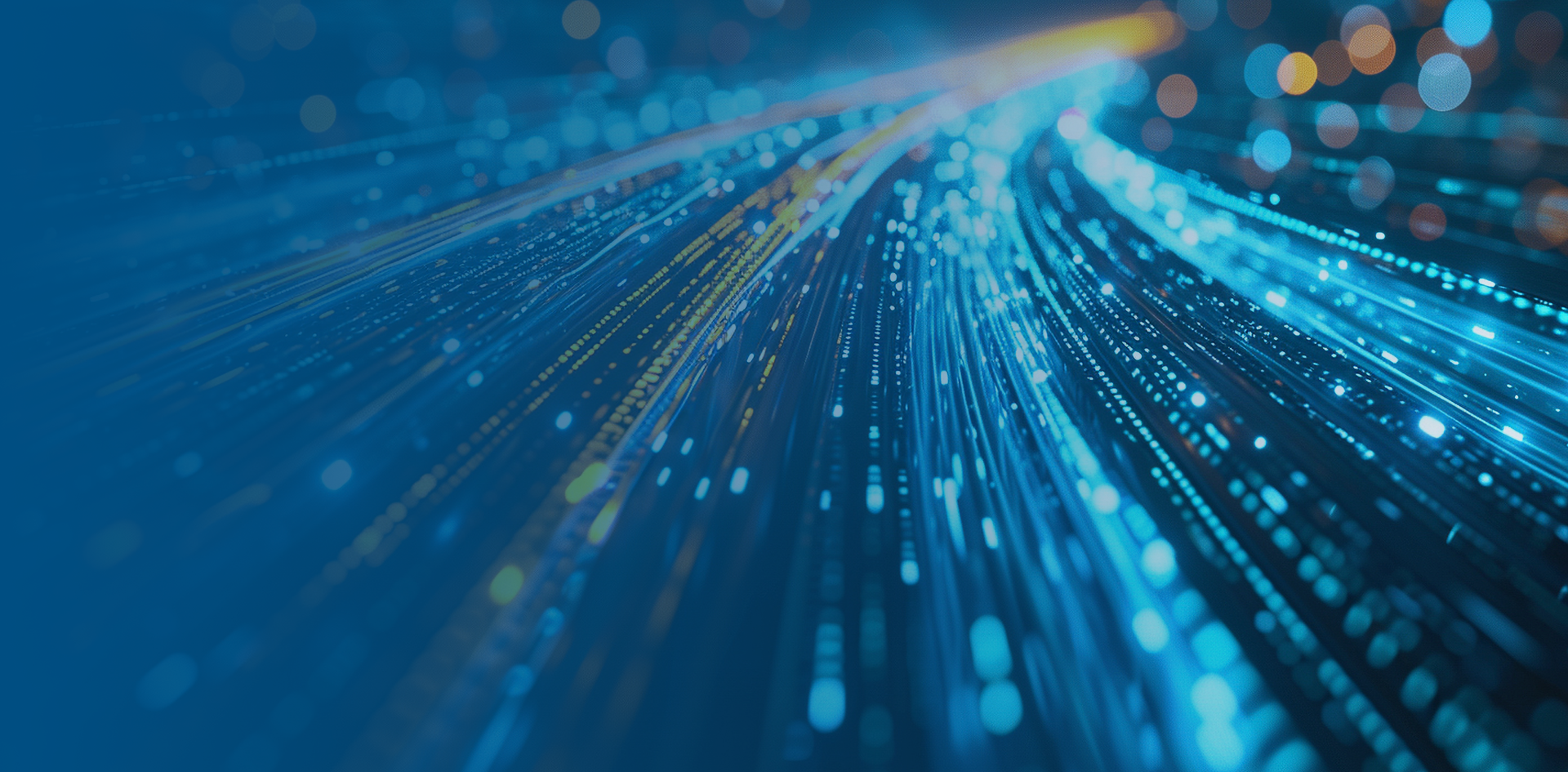

Bringing Chromatography-Free to the Masses
Overview
Learn about efficient extraction and isolation of small molecules from complex samples using SPME technology, optimizing device design for specific applications.
Explore rapid, chromatography-free screening of novel psychoactive substances (NPS) with DART, TIMS, and mass spectrometry, focusing on differentiating challenging synthetic opioids and enhancing high-throughput screening of emerging drug threats.
Talk #1: Efficient Chemical Biopsy Sample Prep Approach for Optimized DART-MS Workflows
Fundamental understanding of extraction processes resulted in isolation of only small molecules from complex samples facilitating efficient clean-up. The enriched analytes are desorbed from the coating directly into the instrument. Platform technology feature of SPME facilitates optimum design of the device for given application.
Talk #2: High-Throughput Chromatography-Free Screening of Illicit Drugs with DART-timsTOF
A combination of direct analysis in real-time (DART) with trapped ion mobility spectrometry (TIMS) and mass spectrometry allows for extremally fast screening of novel psychoactive substances (NPS), at the same time enabling baseline separation of many isomers that were previously indistinguishable by mass spectrometry alone. Mobility-aligned MS/MS fragmentation provides additional differentiation for challenging isomeric synthetic opioids. This multi-dimensional strategy offers comprehensive characterization of fentanyl analogs and other synthetic opioids with minimal sample preparation. The approach shows significant potential for high-throughput screening of emerging illicit drug threats, simultaneously addressing two major challenges: sample throughput and definitive identification of NPS.
Please fill out the form to get access to the recording
For Research Use Only. Not for use in clinical diagnostic procedures.